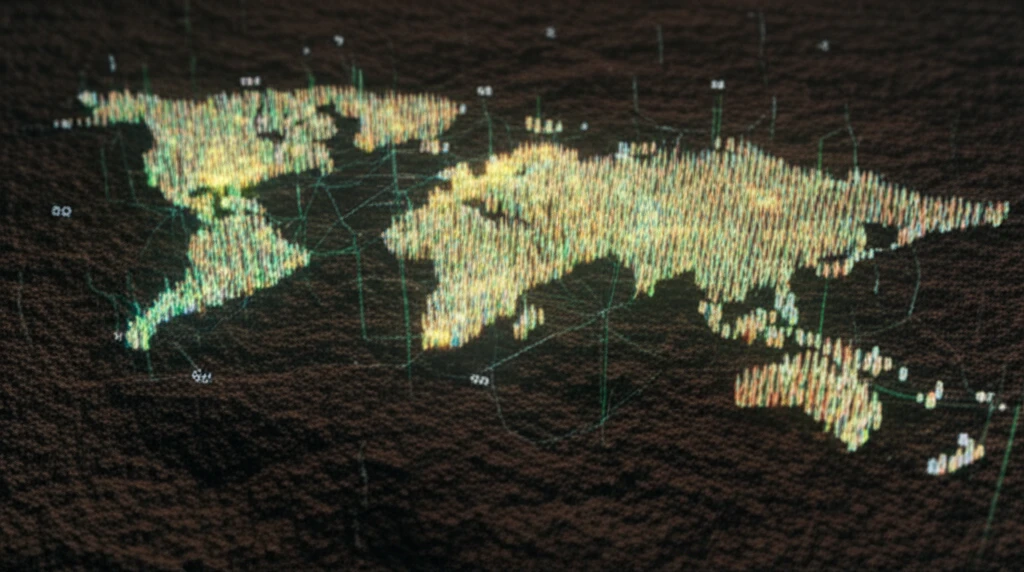
Unlocking Soil's Secrets: How Microbial Mapping is Revolutionizing Forensics
"Harnessing the power of soil DNA to pinpoint crime scenes and redefine forensic science."
In the realm of forensic science, the tiniest clues often hold the key to unlocking the truth. While traditional methods rely on physical and chemical analysis of soil, a groundbreaking approach is emerging: microbial biogeography. This innovative field explores the unique microbial communities within soil, using their DNA as a powerful tool for forensic investigations.
Imagine being able to trace a speck of dirt from a suspect's shoe back to a specific location with remarkable precision. This is the promise of microbial biogeography. Soil is a complex ecosystem teeming with bacteria, fungi, and other microorganisms. The composition of these communities varies depending on geographic location, soil type, and environmental factors.
By mapping these microbial fingerprints, scientists can create detailed profiles that act as a forensic marker. This article explores how microbial biogeography is revolutionizing forensic science, offering unprecedented accuracy in tracing the origins of soil samples and linking suspects to crime scenes. We'll delve into the research that demonstrates the power of this technique, its potential applications, and the challenges that lie ahead.
The Science of Soil Signatures: How Microbial Biogeography Works

Microbial biogeography operates on the principle that soil microbial communities are shaped by their environment. Factors such as climate, soil composition, and vegetation influence the types of microorganisms that thrive in a particular location. This creates distinct microbial profiles that can be used to differentiate soils from different areas, even over short distances.
- DNA Extraction and Sequencing: Advanced techniques are used to extract and analyze microbial DNA from soil samples.
- Community Profiling: Scientists identify and quantify the different types of microorganisms present in the soil.
- Geographic Correlation: Statistical methods are applied to correlate microbial profiles with geographic locations.
The Future of Forensic Soil Science: Overcoming Challenges and Expanding Applications
Microbial biogeography holds tremendous potential for transforming forensic science, but there are also challenges that need to be addressed. One of the main limitations is the lack of standardized protocols for processing soil DNA. This can lead to variability in results and make it difficult to compare data from different laboratories.
Another challenge is the complexity of soil microbial communities. Soil can contain thousands of different types of microorganisms, and their interactions are not fully understood. This can make it difficult to interpret microbial profiles and determine the origin of a soil sample with certainty.
Despite these challenges, the future of forensic soil science looks bright. As sequencing technologies become more advanced and data analysis methods improve, microbial biogeography will become an increasingly powerful tool for solving crimes and bringing criminals to justice. This is not just about refining existing techniques, but also exploring new applications, such as using microbial DNA to estimate the time since a soil sample was deposited or to identify specific environmental contaminants.
